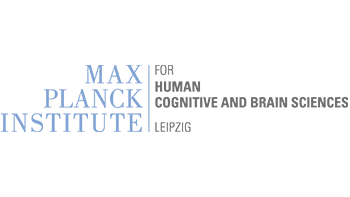Wenger N, Vogt A, Skrobot M, Garulli EL, Kabaoglu B, Salchow-Hömmen C, Schauer T, Kroneberg D, Schuhmann MK, Ip CW, Harms C, Endres M, Isaias IU, Tovote P, Blum R.
Exp Neurol. 2022 Jun;352:114011. doi: 10.1016/j.expneurol.2022.114011. PMID: 35176273.
Review article
Abstract
Gait impairments in Parkinson’s disease remain a scientific and therapeutic challenge. The advent of new deep brain stimulation (DBS) devices capable of recording brain activity from chronically implanted electrodes has fostered new studies of gait in freely moving patients. The hope is to identify gait-related neural biomarkers and improve therapy using closed-loop DBS. In this context, animal models offer a wealth of opportunities to investigate gait network impairments at multiple biological scales and address unresolved questions from clinical research. Yet, the contribution of rodent models to the development of future neuromodulation therapies will rely on translational validity. In this review, we summarize the most effective strategies to model parkinsonian gait in rodents. We discuss how clinical observations have inspired targeted brain lesions in animal models, and whether resulting motor deficits and network oscillations match recent findings in humans. We conclude that future research should incorporate behavioral tests with increased cognitive demands to potentially uncover episodic gait impairments in rodents. Additionally, we expect that basic research will benefit from the implementation of evolving signal processing strategies from clinical research. This coevolution of translational research may contribute to the future optimization of gait therapy in Parkinson’s disease.
- A01 | Biomarkers of disease states, adaptive stimulation and mechanisms of disease modification by DBS in a progressive rodent model of PD
- A02-E | Mechanisms of gait restoration by mesencephalic stimulation in rat models of cortical and subcortical gait disorders (ended)
- A03 | Retuning motor network disorders using neuromodulation of spinal sensory afferents
- A07 | Investigating cortico-striatal plasticity underlying phenotype manifestation in dystonia (new)
- B05-E | Gait disturbances in Parkinson’s disease: derangements of network dynamics (ended)
- B06 | Contribution of brainstem circuit mechanisms to (patho)state dynamics in mouse models of PD










